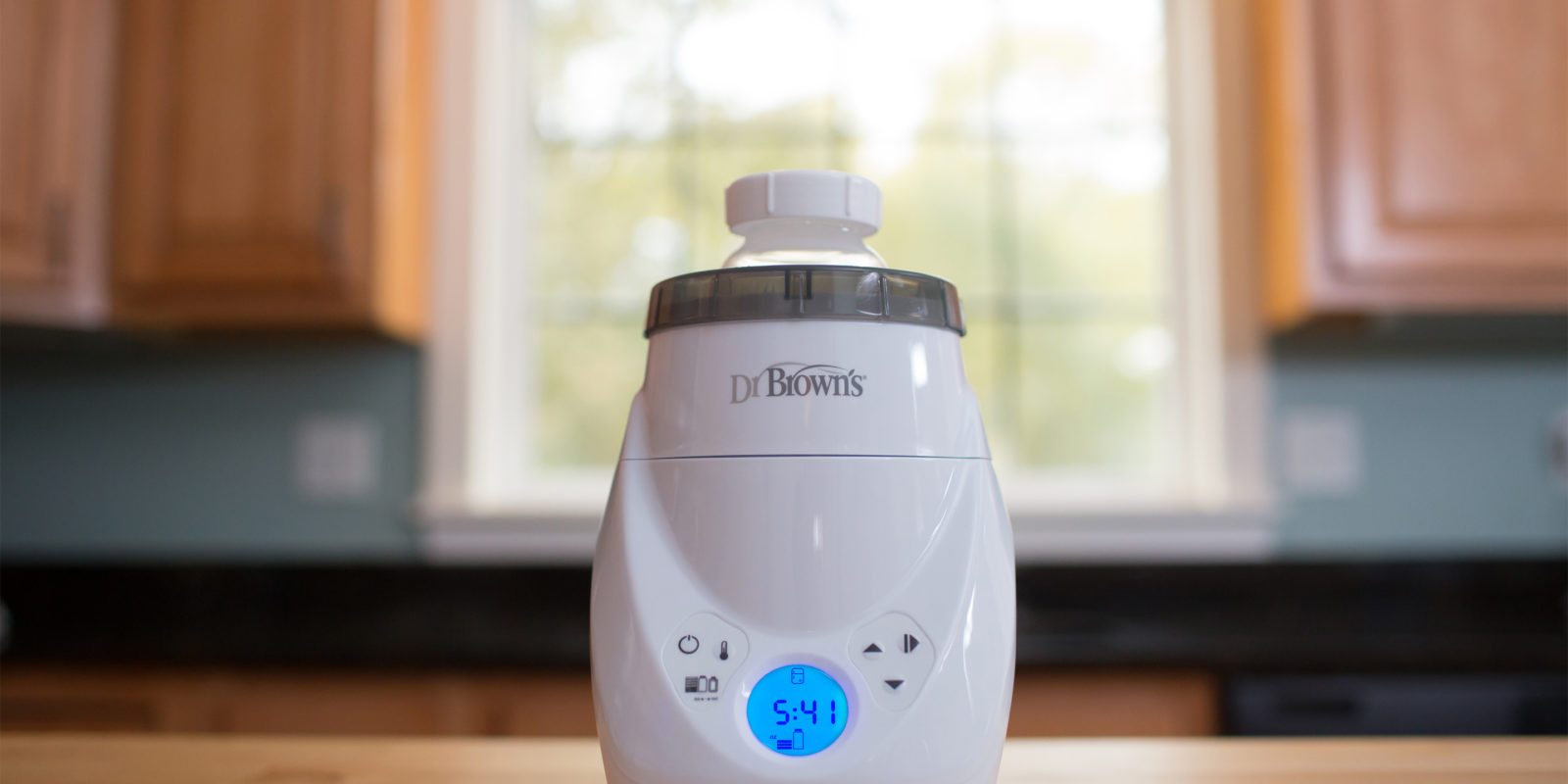Quick Tips to Formula
- Wash Well: Use hot, soapy water to clean all bottle parts – and your hands – before mixing.
- Follow the Maker: Formula makers have different mixing guidelines, so check the instructions if and when you change formulas.
- Measure Precisely: Too much powder might cause an upset tummy for baby.
- Check for Clumps: Eyeball the formula after mixing to look for clumps. They can get stuck in the bottle nipple, causing frustration for both you and your little one.
- Mark the Time: Mixed formula stays good for two hours at room temperature or for 24 hours if refrigerated.
Stir, Shake, or Swirl?
We recommend gently stirring formula to help minimize air bubbles and pressure build-up. If you shake, remove the parts and use a travel cap before shaking, otherwise your bottles can leak.
Read more about preparing formula
How to warm bottles
Some babies prefer their bottle warmed up before eating. A warm bottle before bed can also help put baby to sleep.
There are three ways to warm a bottle:
- On the stove
- Under the faucet
- In a bottle warmer
The American Academy of Pediatrics recommends never using a microwave to warm bottles. It heats unevenly, creating hot spots that may burn baby’s mouth. It may also change the composition of breast milk.
Read how to warm on the stove or under the faucet
Quick Tips to Using a Bottle Warmer with Dr. Brown’s Bottles
- Be sure your bottles will fit your bottle warmer of choice.
- Remove the internal vent system while warming to prevent pressure build up and leaks. If you keep the collar and nipple on, slightly loosen the collar.
- Use distilled water to help prevent scaling that happens naturally in bottle warmers
